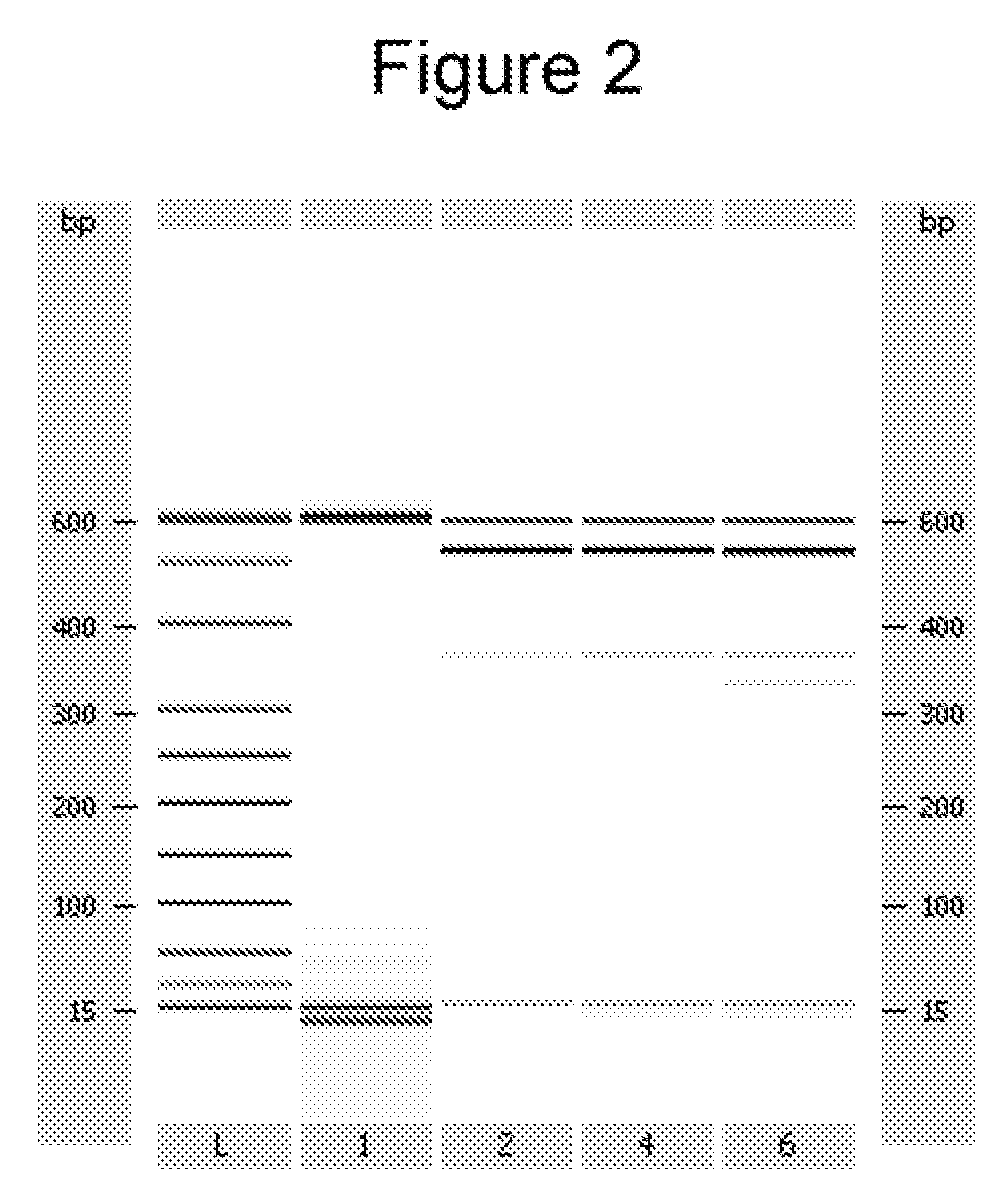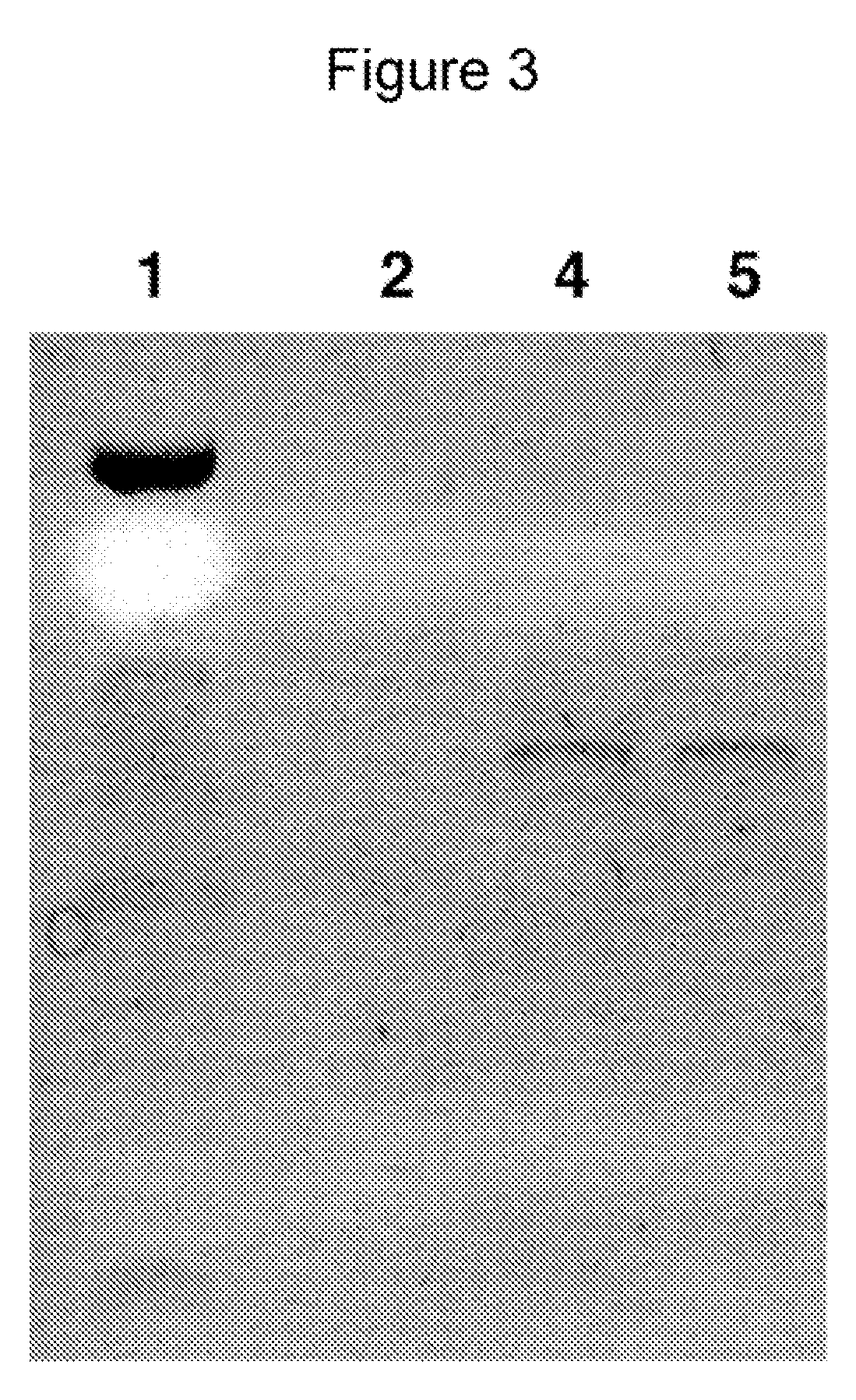Therapeutic Modulation of Ocular Surface Lubrication
a technology of ocular surface lubrication and therapeutic modulation, which is applied in the field of management of ocular lubrication, can solve the problems of loss of boundary lubrication ability of synovial fluid, increased protease levels in surrounding tissues, and inability to maintain lubrication, so as to promote boundary lubrication and protect cornea and conjunctiva, and increase the residence time of prg4 inducing compound
- Summary
- Abstract
- Description
- Claims
- Application Information
AI Technical Summary
Benefits of technology
Problems solved by technology
Method used
Image
Examples
example 1
PRG4 mRNA Expression in Human Corneal and Conjunctival Epithelial Cells
[0095]Human corneal epithelial cells were isolated from the corneoscleral rims of male and female donors. Cells were processed either directly (n=8), or first cultured in phenol red-free keratinocyte serum free media (n=2). Bulbar conjunctivae (n=2), conjunctival impression cytology samples (n=9), immortalized human conjunctival epithelial cells after culture (n=1), NOD mouse lacrimal glands (n=5 adult mice / sex, 10 glands / sample), and BALB / c mouse meibomian glands (n=7 adult mice / sex, glands from 28 lids / sample) were obtained during surgical procedures. These samples were processed for the analysis of PRG4 mRNA by using primarily RT-PCR (n=18 human, all mouse) and Affymetrix GeneChips (n=4 human corneas). The PRG4 primers for PCR spanned over 1 kbp of intron sequences, in order to suppress amplification of contaminating chromosomal DNA (Table 1). Amplified samples were screened for the presence of PRG4 products b...
example 2
Regulation of PRG4 Expression in Vitro by Androgen
[0097]Androgen treatment upregulates PRG4 mRNA expression in primary human corneal epithelial cells. Methods. Cells were grown in keratinocyte serum free media until reaching about 80% confluence. Cells (n=3 wells / treatment / experiment) were then incubated with either vehicle or 10 nM dihydrotestosterone (DHT) for up to 5 days. At designated times cells were processed for total RNA isolation and analysis of PRG4 mRNA mRNA by RT-PCR. Results. The results show that the DHT induces a marked increase in PRG4 mRNA levels in primary human corneal epithelial cells (FIG. 6). This androgen effect, relative to the control levels at Day 0, became prominent after 3 (10.3-fold increase), 4 (3.6-fold increase) and 5 (2.8-fold increase) days of hormone exposure. This DHT influence on PRG4 mRNA expression in primary human corneal epithelial cells was confirmed in another experiment. Treatment of cells for 5 days with DHT caused a 46-fold increase in ...
example 3
Treatment of Deficient Ocular Boundary Lubrication in Vivo with Androgen and PRG4
[0101]A patient complaining of ocular surface irritation is examined for ocular lubrication or conditions associated with a deficiency in ocular lubrication by measuring symptoms greater than 2 positive responses on the McMonnies questionnaire, greater than a score of 5 on the Ocular Surface Disease Index (OSDI), or through evidence of some symptoms on the Visual Analog Scale, in combination with objective signs including one or more of a reduced tear film breakup time (less than ≈10 seconds), inferior lateral tear meniscus osmolarity greater than 308 mOsms / L, low Schirmer strip value (less than ≈10 mm), sodium fluorescein corneal or conjunctival staining (scores>0 with multiple macropunctates), significant debris resulting from impression cytology, meibomian gland dysfunction however determined, a decrease in the rate of post-blink displacement of a contact lens, a change in the spatiotemporal transfer...
PUM
| Property | Measurement | Unit |
|---|---|---|
| Concentration | aaaaa | aaaaa |
| Concentration | aaaaa | aaaaa |
| Concentration | aaaaa | aaaaa |
Abstract
Description
Claims
Application Information
 Login to View More
Login to View More - R&D
- Intellectual Property
- Life Sciences
- Materials
- Tech Scout
- Unparalleled Data Quality
- Higher Quality Content
- 60% Fewer Hallucinations
Browse by: Latest US Patents, China's latest patents, Technical Efficacy Thesaurus, Application Domain, Technology Topic, Popular Technical Reports.
© 2025 PatSnap. All rights reserved.Legal|Privacy policy|Modern Slavery Act Transparency Statement|Sitemap|About US| Contact US: help@patsnap.com



